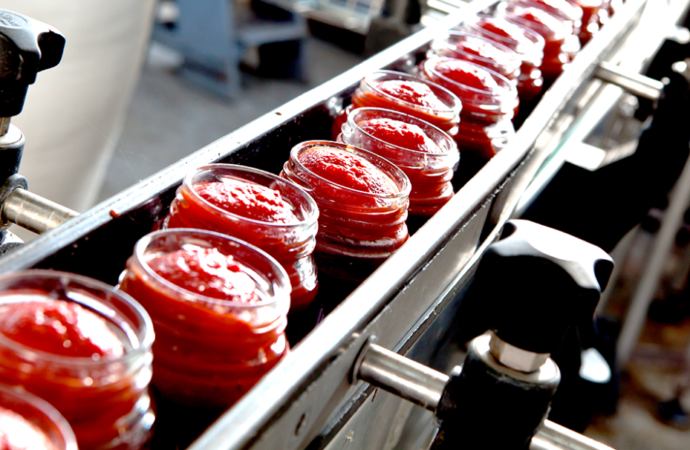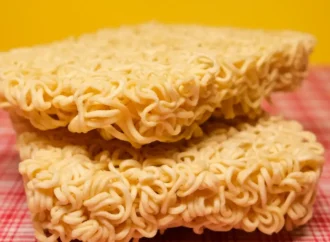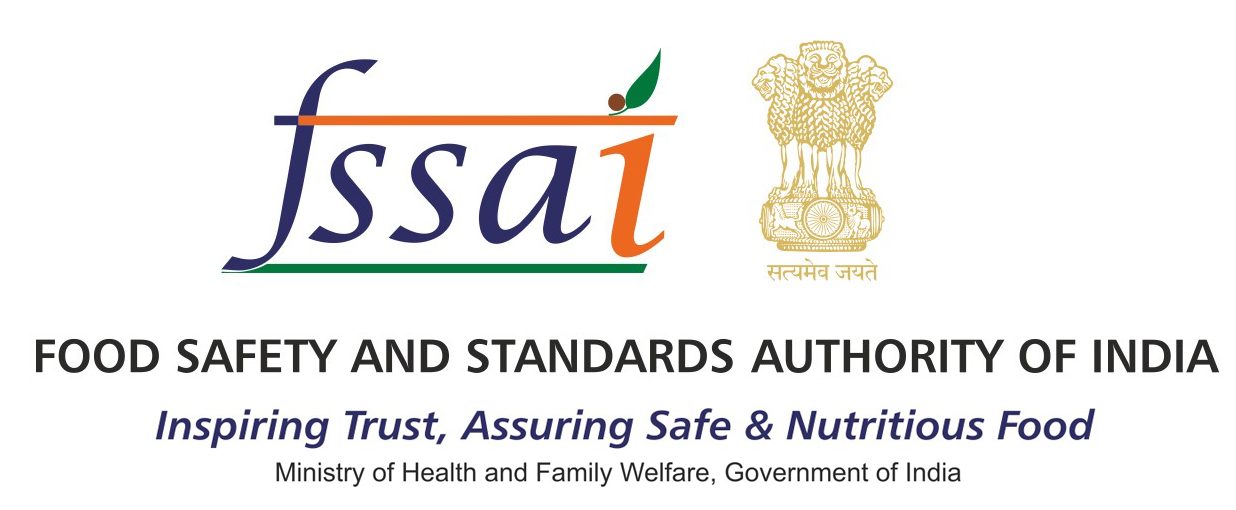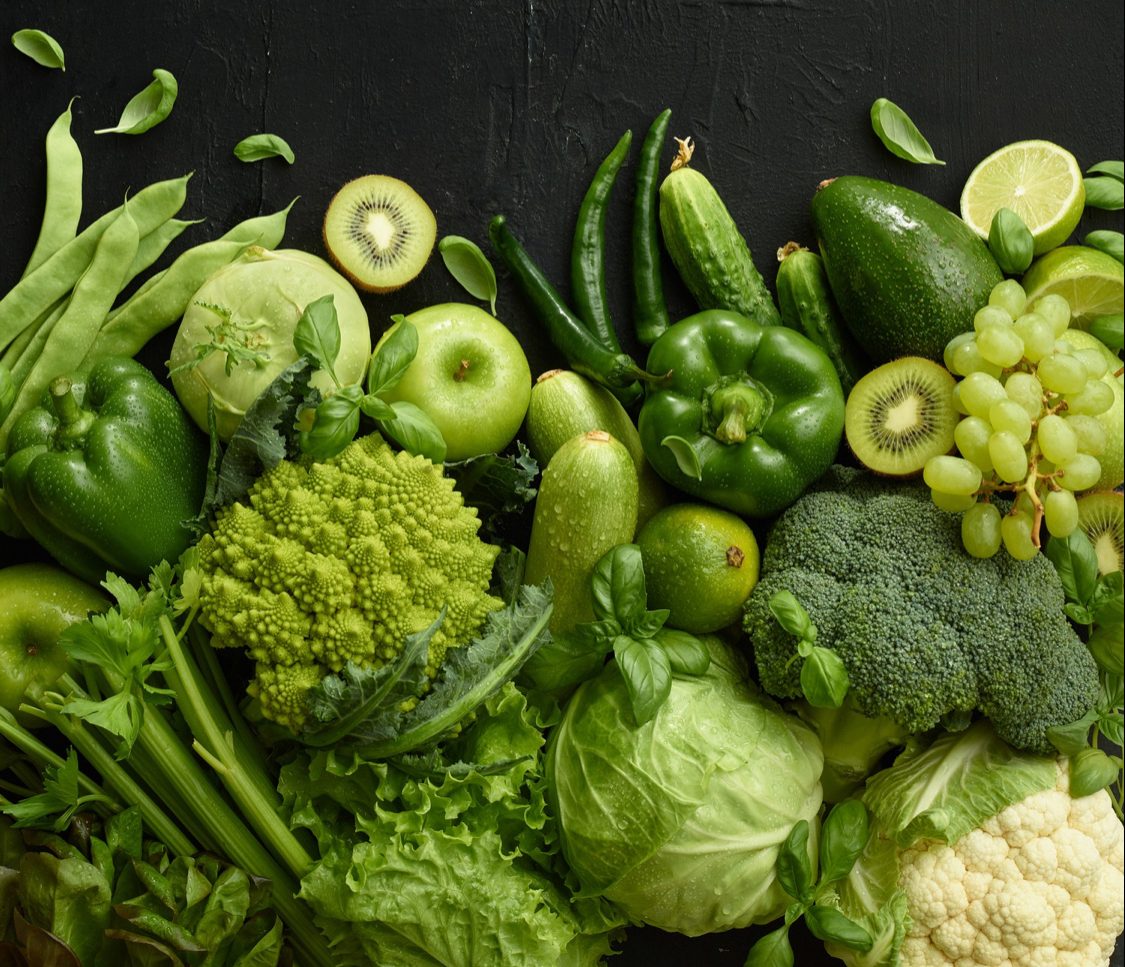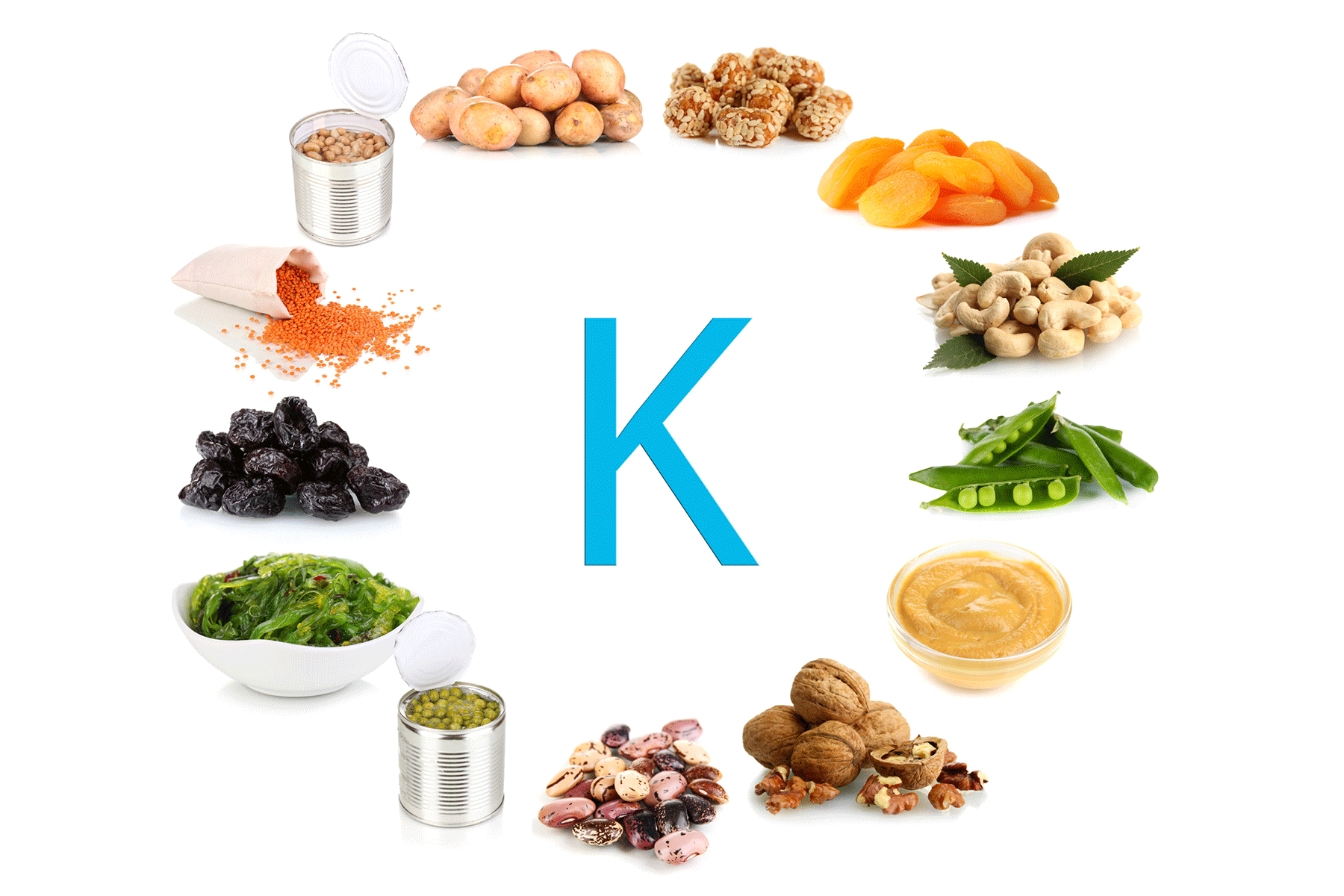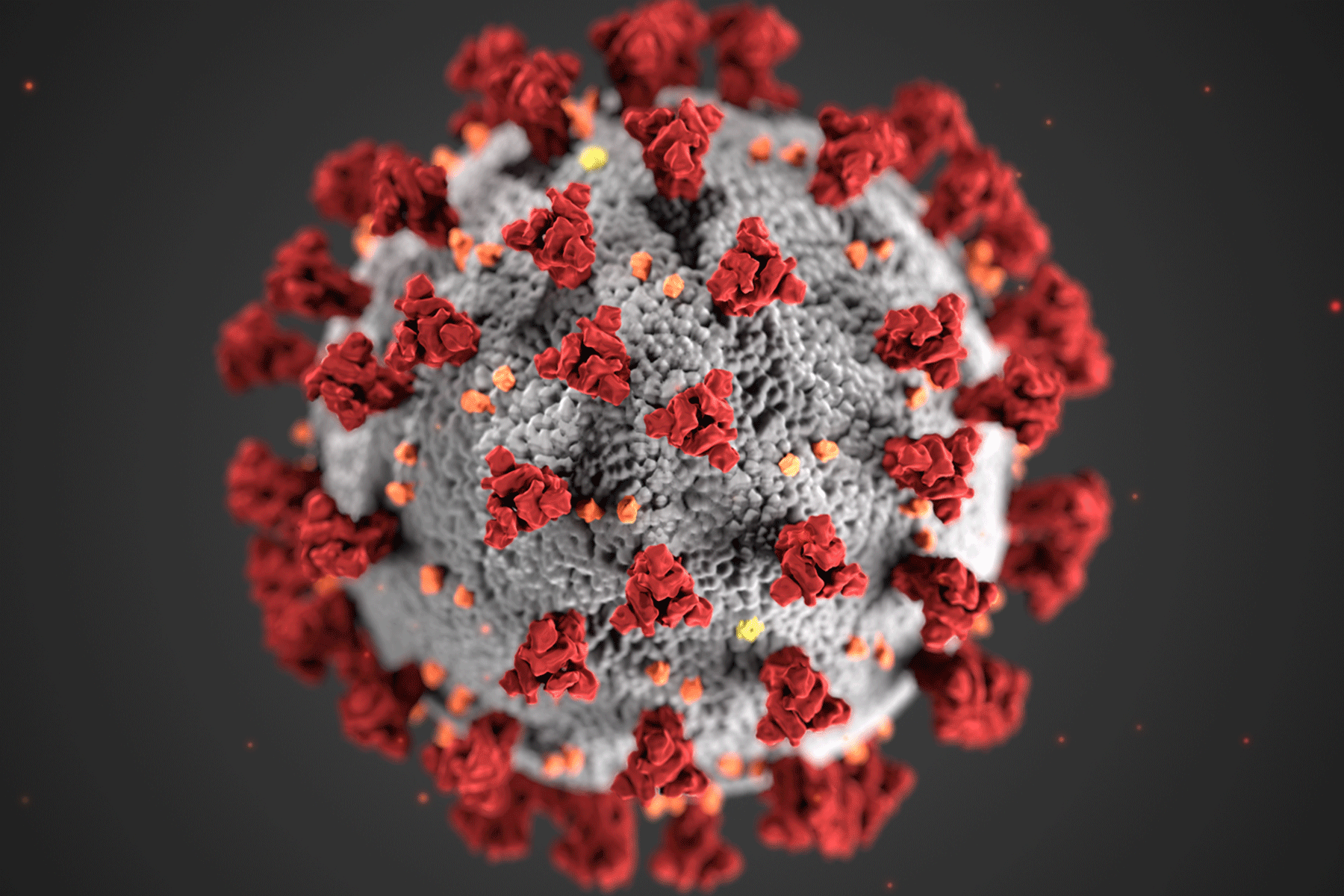In today’s globalized food supply chain, ensuring food safety is of paramount importance. With the increasing demand for convenience and longer shelf life, food sterilization has become an essential process in modern food preservation. By effectively eliminating harmful microorganisms such as bacteria, yeasts, moulds, and viruses, food sterilization not only safeguards consumers from foodborne illnesses but also enhances the overall quality and longevity of food products. This article explores the various methods of food sterilization, its numerous benefits, and its significant contribution to food safety, making it a cornerstone of the global food industry. Whether through heat, chemicals, radiation, or pressure, sterilization is integral in delivering safe, high-quality food to consumers around the world.
What is Food Sterilization?
Food sterilization involves destroying harmful microorganisms like bacteria, yeasts, moulds, and viruses that cause foodborne illnesses and spoilage. It ensures food safety and quality, making products safe for consumption over extended periods. Sterilization differs from pasteurization in that it uses higher temperatures for longer durations, achieving a complete microbial kill. Pasteurization, on the other hand, reduces the microbial load but doesn’t eliminate microorganisms.
The Process of Food Sterilization
Food sterilization occurs through several methods, each designed to suit different food types and preservation needs.
Heat Sterilization (Thermal Processing): Heat sterilization is the most widely used method. It exposes food to high temperatures to eliminate harmful microorganisms.
- Hot Water or Steam Sterilization: In this method, food is immersed in hot water or gets exposed to pressurized steam, usually at temperatures between 100°C and 121°C. The processing time depends on the type of food.
- Dry Heat Sterilization: This technique uses dry heat, typically in an oven, to sterilize solid foods like cereals and nuts. It requires higher temperatures and longer durations than steam sterilization.
Chemical Sterilization: Chemical sterilization employs chemical agents to kill microorganisms. It is commonly applied to dry foods or packaged products.
- Chemical Preservatives: Agents such as sodium benzoate and sulfur dioxide prevent microbial growth and help extend the shelf life of food.
- Ozone Treatment: Ozone, a powerful oxidizing agent, disinfects both food and packaging. It effectively eliminates pathogens without altering the food’s taste or texture.
Radiation Sterilization: Radiation sterilization uses ionizing radiation to kill harmful microorganisms in food.
- Gamma Radiation: This is the most common form of radiation used to sterilize food. It efficiently destroys bacteria, fungi, and parasites.
- Electron Beam and X-Ray Radiation: Although less frequently used, these methods also eliminate microorganisms but are typically more expensive due to high equipment costs.
High-Pressure Processing (HPP): HPP is a non-thermal method that subjects food to high pressure, ranging from 4000 to 6000 bar. This pressure destroys microorganisms without heat, helping preserve the food’s texture, flavour, and nutritional content.
Advantages of Food Sterilization
Food sterilization offers several advantages, making it essential for ensuring food safety and quality.
1. Microbial Safety
Sterilization significantly reduces the risk of foodborne illnesses caused by pathogens such as Salmonella, E. coli, and Listeria. By eliminating harmful microorganisms, it ensures food is safe for longer periods.
2. Extended Shelf Life
Sterilization destroys microorganisms responsible for food spoilage, extending the shelf life of products. Sterilized foods can last for months or even years without significant deterioration, which is vital for canned goods, ready-to-eat meals, and other processed foods.
3. Preservation of Nutritional Quality
While some nutrient loss may occur during sterilization, advanced methods like HPP help preserve the food’s nutritional content better than traditional heat treatments. Sterilization also retains the food’s flavour, texture, and colour, ensuring high-quality products.
4. Convenience
Sterilization enables the production of ready-to-eat meals, canned vegetables, juices, and soups that require minimal preparation. These convenience foods are easily accessible, especially in areas where fresh food is not readily available.
5. Reduction in Food Waste
Sterilization helps reduce food waste by extending the shelf life of products. Sterilized foods can be transported over long distances and stored without the risk of spoilage, which is crucial for global food distribution.
How Food Sterilization Contributes to Food Safety
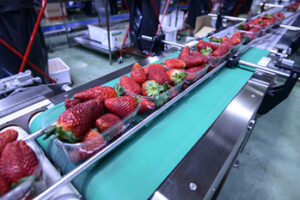
Food safety is a key concern in both commercial and household food production. Sterilization plays a crucial role in ensuring that food products remain free from harmful pathogens and contaminants, significantly reducing the risk of foodborne illnesses.
- Preventing Pathogen Growth
Sterilization prevents the growth of harmful microorganisms by killing bacteria, moulds, yeasts, and viruses. Foods that are not sterilized can become contaminated with dangerous pathogens, which can pose significant health risks. Sterilization helps eliminate this threat.
- Compliance with Food Safety Regulations
In many countries, food manufacturers must adhere to strict food safety regulations that mandate sterilization as part of the production process. By following these guidelines, manufacturers ensure that their products meet safety standards, building consumer trust.
- Enhancing Food Security
Sterilization also enhances food security by making food products safe for long-term storage and distribution. This is particularly important in remote or disaster-prone areas where fresh food may not be easily accessible. Sterilized foods can be safely stored and distributed to vulnerable populations without compromising safety.
Conclusion
Food sterilization is a vital process that ensures the safety, shelf life, and quality of food products. Through methods like heat treatment, chemical sterilization, radiation, and high-pressure processing, sterilization effectively eliminates harmful microorganisms. The benefits of sterilization, including improved food safety, extended shelf life, convenience, and reduced food waste, make it an essential part of the global food supply chain. As concerns over foodborne illnesses continue to grow, sterilization remains a crucial element in ensuring that food products are safe for consumers and easily accessible worldwide.
 Food Manifest
Food Manifest 